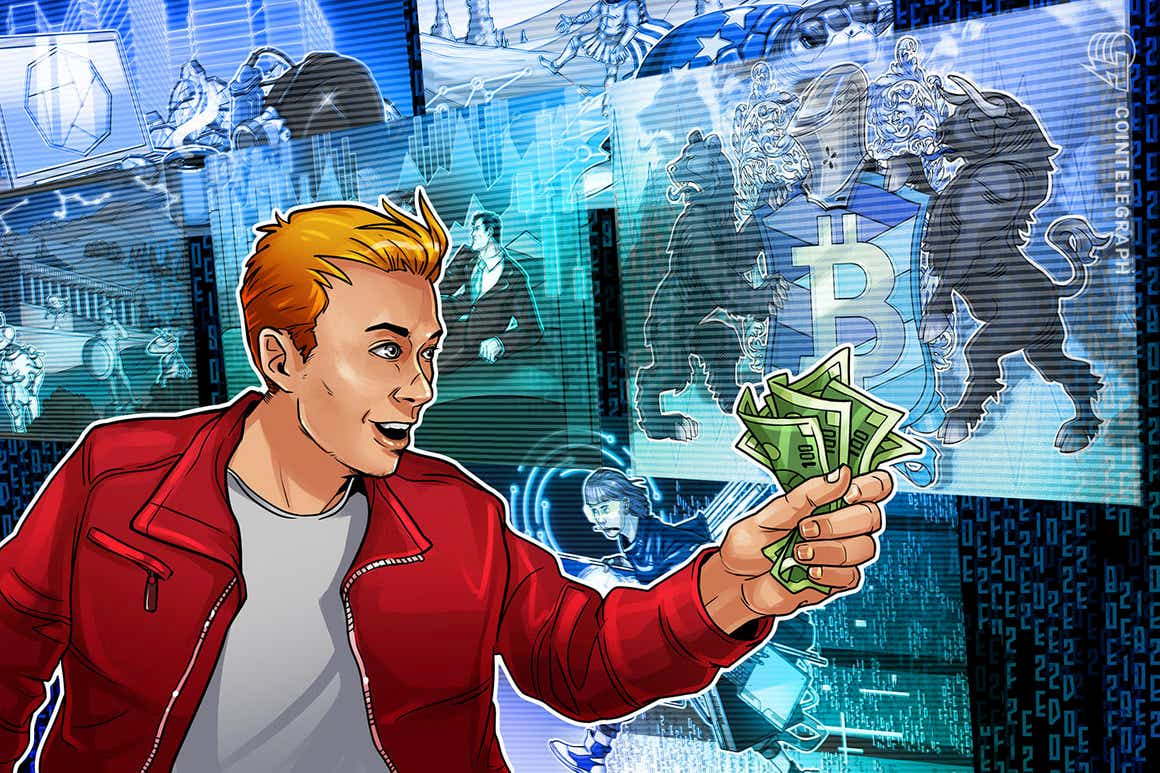#art #NFTs #bitcoin #digital #blockchain#mellennials
“Bitcoin is considered as the digital alternative to paper money and NFTs are now considered as the digital answer to collectibles”— Paul Ebeling
NFTs have moved from a niche curiosity to a cultural phenom. From digital art to memes, to play-to-earn games, NFT popularity has spread like wildfire.
NFT ownership around the world has risen according to Finder’s Global NFT Adoption report. In particular, Southeast Asian countries including the Philippines, Thailand, and Malaysia are leading the pack in terms of NFT ownership and awareness.
According to the same report, in the US, 70.6% of internet users do not know what NFTs are.
NFTs or non-fungible tokens are a digital way to prove uniqueness.
Fungible assets are things that can be readily interchanged or traded for the same value.
NFTs have unique properties that cannot be interchanged with something else. An example of this would be a painting like the Mona Lisa. You can take a photo or buy a print, but there will only ever be a single original painting, often imitated but irreplaceable.
NFTs are unique digital assets that can be bought like any other piece of property but they do not necessarily have any tangible forms. These digital tokens are secured on a blockchain, which proves ownership for a digital asset like an artwork.
NFTs are often used to buy or sell digital artwork but can also include GIFs, viral tweets, virtual and digital trading cards, photographs and even video game assets, to name a few. However, the excitement around NFTs is in using technology to sell digital art.
NFTs, just like any traditional work of art, are valuable because they are 1 of a kind. However, digital files can be easily and endlessly duplicated. With NFTs, artworks are tokenized and verifiable on a blockchain when they are created so that they can be bought and sold.
Anybody can tokenize their work and sell them as NFTs, but interest has been fueled by the recent NFT boom which caused digital work to be sold for millions of dollars. Keep in mind, art is not the only thing that is tokenized.
The buyer of the NFT owns a digital token that proves they own the original work, and this equates to an actual proof of ownership.
Collectors compare it to buying an autographed print of your favorite artist, this use of NFTs is just the beginning.
NFTs have grown significantly in the past few yrs and have a long way to go. We are on the cusp of a potential digital revolution where NFTs can help transform how we interact with the digital world. So keep an eye on this emerging space.
Have a prosperous day, Keep the Faith!









